When Sayre Gomez and his wife, Emmy Eves, went shopping for costumes at a Halloween City pop-up in Los Feliz five years ago, he noticed something odd: the store didn’t bother to install real signage, sloppily affixing its name over the existing Toys R Us logo on the building. Gomez thought it was the perfect image of our financially precarious, psychologically combustible times—“it’s not just a collage of two logos but two economic models colliding,” he says, describing how the bankruptcy of Toys R Us, a traditional retailer, stemmed from e-commerce and gigeconomy operations like Halloween City.

The image stuck with him, and in 2021 he eventually made a massive painting (48 by 175 inches) on shaped aluminum of the odd-combo signage, giving it the ironic title Spiritual America. He then used “Halloween City” as the name of his most recent show at François Ghebaly gallery and as the title of its centerpiece: a sculpture of a building that also had its original purpose hijacked. Known as The Reef, this monolithic, 12-story building near Interstate 10 was billed as “a creative habitat” but has found its real value as a platform for shockingly large LED video billboards advertising Kia cars and Patron tequila, among other brands.
Gomez’s miniature version comes with its own LED display that replicates (thanks to drone photography) the original ad stream, though with “digital glitches, like black spots or pink stripes to make the ads look distressed digitally, like the pixels are failing”—a way to puncture the shiny, happy surface of technofuturism. The Reef is just one example, he says, of how “data is more valuable than oil and this world isn’t what it seems. We have this crumbling physical world and then we have the metaverse replacing it. It’s a weird moment, like the weirdest one maybe.”




Gomez, 40, specializes in this weirdness that masquerades as everyday life, turning over-the-top LED displays, billboards, posters and other roadside signage into the central and inescapable subject of his artwork— sometimes as sculptures, but most often as airbrushed paintings that include trompe l’oeil flourishes like door frames and windowsills. (Architecture is also the focus of a new show in Turin at the Foundation Sandretto Re Rebaudengo that skewers the fantasy of living like a king in downtown LA, where a particular set of Italianate apartment complexes tries to create the illusion of a timeless pre-urban lifestyle.) Although he has lived in the greater LA area for over 15 years, his knack for noticing things that the rest of us take for granted makes him seem like a perpetual transplant. Raised in a Chicago suburb by a single mother, Gomez moved with her as a teenager to Fayetteville, Arkansas. He eventually returned to the city for a summer program at the School of the Art Institute of Chicago and, as a comics fan who loved to redraw favorite characters like Wolverine, he plugged into the local skatepunk-graffiti scene, paying attention to the overlooked urban edges.
Some art critics connect him to Ed Ruscha, but he shrugs off the comparison. “We both paint the LA landscape, and we are LA painters using airbrushes. But there’s no romance or nostalgia in my work. Why would you be romantic about a civilization collapsing before your eyes?” The better comparison might be John Baldessari because of his history of zeroing in on Southern California’s most ordinary yet improbable features (like impossibly tall, skinny palm trees) and exploring the unstable nature of photographic “truths.”

“Photography before the Internet had the ring of truth,” Gomez says. “Now everybody knows about Photoshop. Airbrush’s initial function was photo retouching so it’s intrinsically connected to a lot of problems I’m interested in discussing.”
After earning his B.F.A. at SAIC, where he shifted from graphic design to painting, he went on to get his M.F.A. from CalArts, still a hotbed of conceptual art. “It was so hard; I was in over my head because I can barely read. I got to CalArts and the theory thing really freaked me out,” he says. But he connected with CalArts guru Michael Asher on a personal level and with the landscape of strip-mall peculiarity, often driving aimlessly “just to learn about the city.” After graduating he worked odd jobs and held short-lived assistant gigs for artists Tony Berlant, Kaari Upson and Paul McCarthy. His big break came in 2013 when Ghebaly brought his work to the NADA art fair in Miami and sold six pieces to collectors Don and Mera Rubell, including “text-paintings that had these aging effects,” the gallerist says. “Sayre has this incredible ability to render the texture of aged surfaces, whether it’s bleached-out paper from a poster or the surface of a dirty window.”


Gomez was, at that time, working out of a small corner of a building in Boyle Heights that used to be a sewing and embroidery factory. He has since bought the building, renting out some sections to other artists. Most recently the Broad museum bought two large paintings from his “Halloween City” show with plans to exhibit them within the year. As for the sculpture by that name, Ghebaly reports they’re “finalizing an acquisition by a major American museum,” describing it as one of the artist’s most perceptive artworks, which “allows us to understand our city in a different way.”
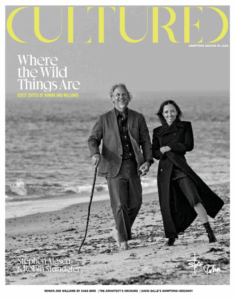
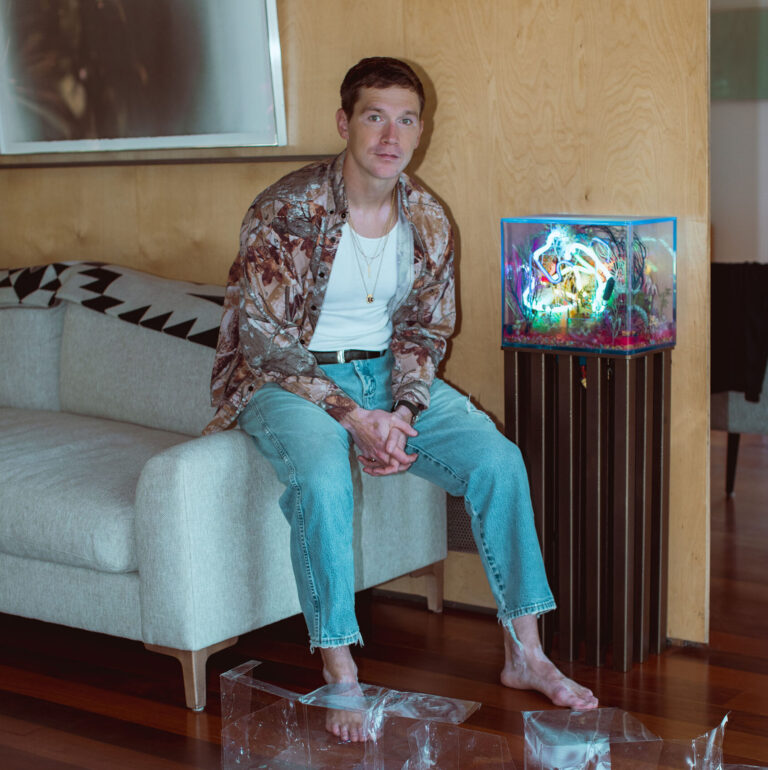
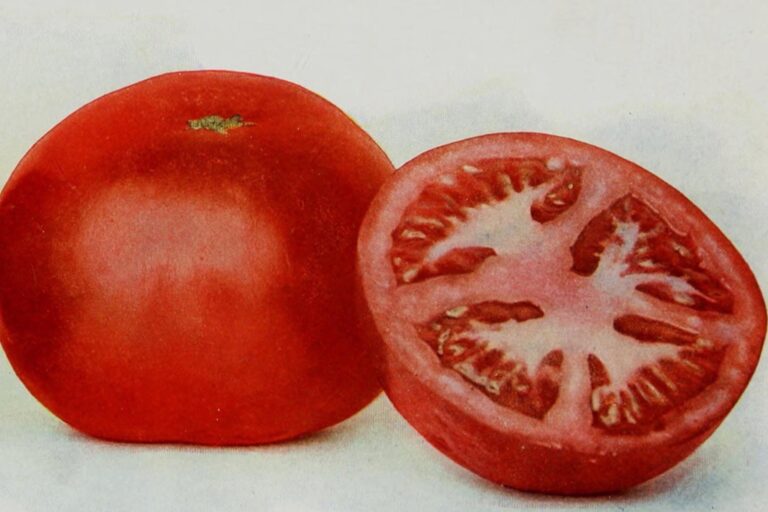
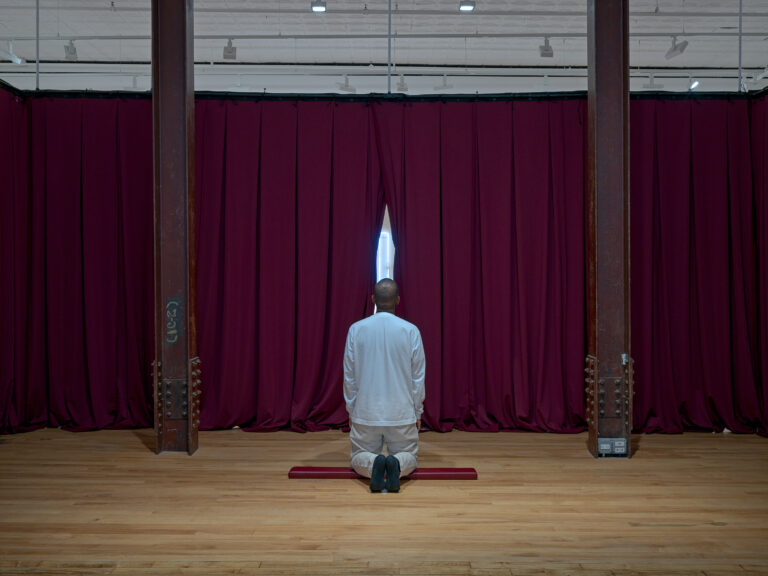


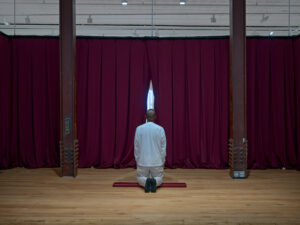

 in your life?
in your life?